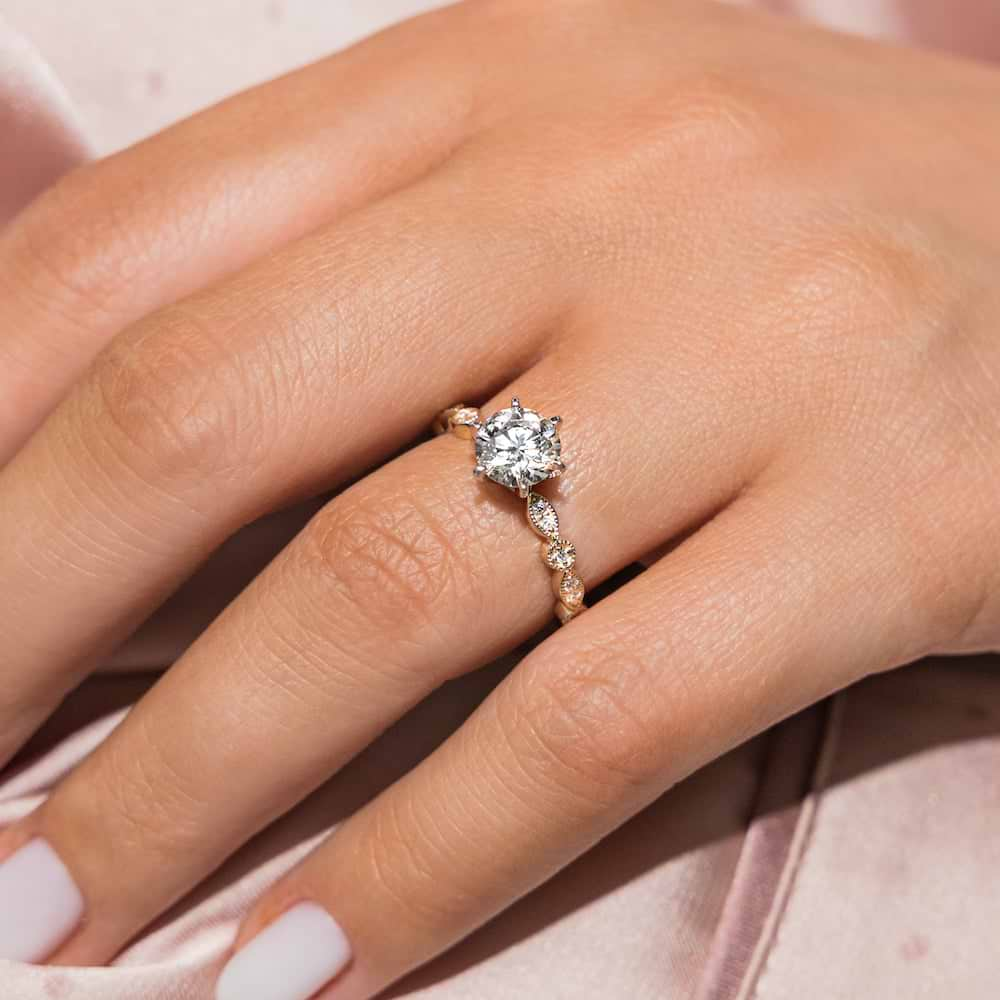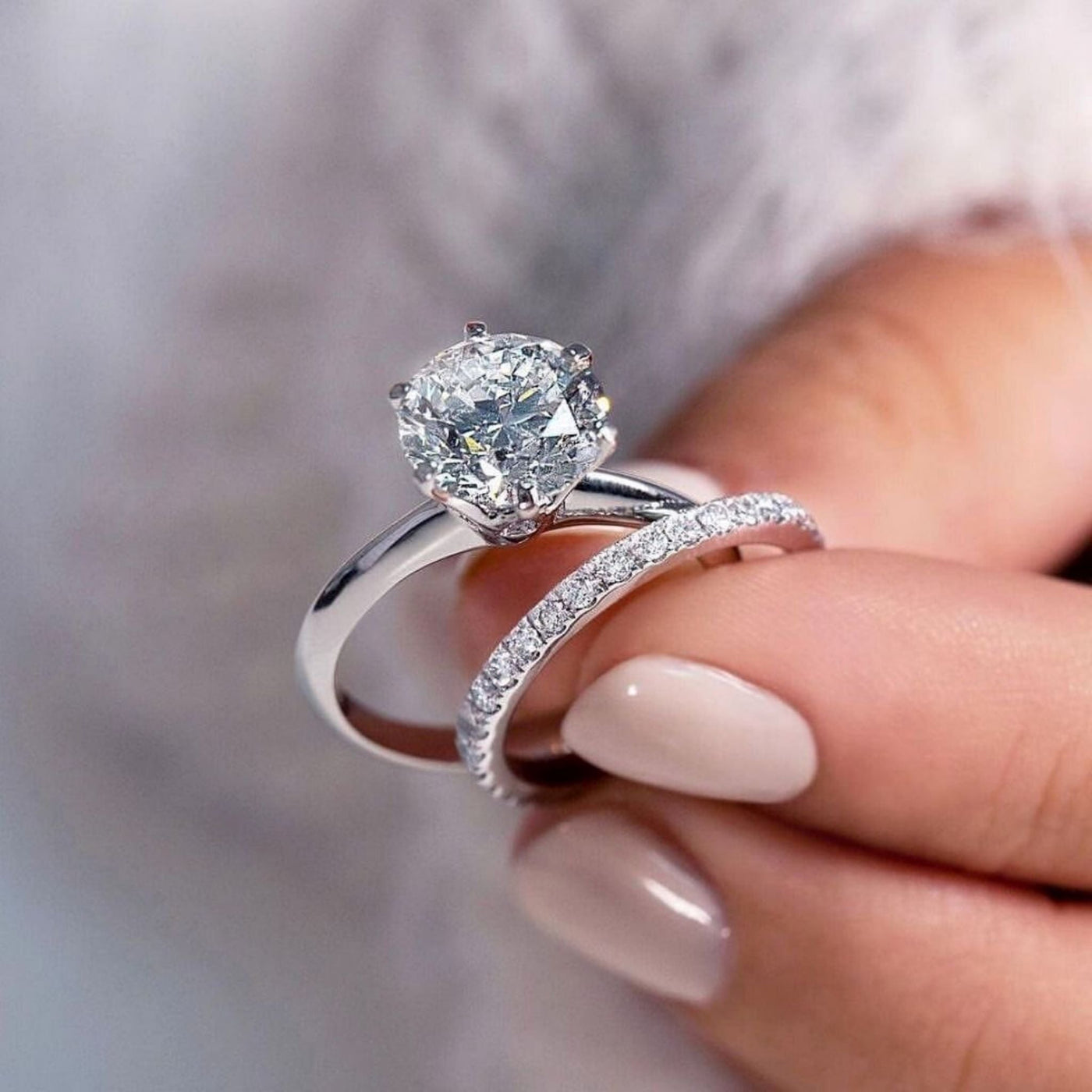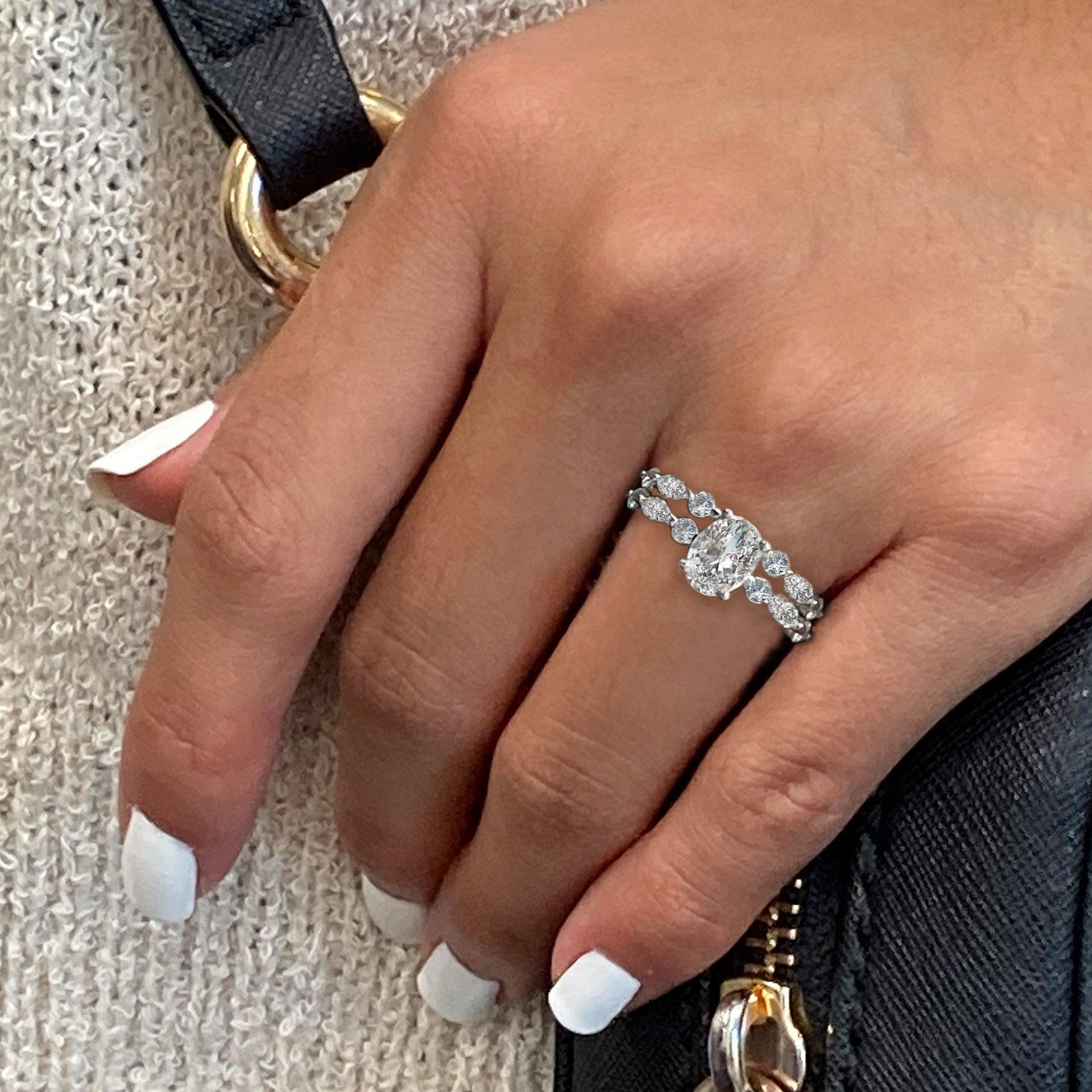Are lab grown diamond engagement rings More Durable Than Natural Diamonds?
Why Laboratory Grown Diamond Involvement Rings Are the Perfect Option for Eco-Conscious Couples
Lab-grown Diamond interaction rings present an engaging alternative for pairs that prioritize sustainability. These diamonds provide a striking alternative to standard mined stones, significantly decreasing environmental injury. They are developed making use of advanced strategies that assure both top quality and luster. As recognition of moral sourcing expands, numerous pairs are reassessing their options. What ramifications does this shift have for the future of the Diamond industry?

The Ecological Impact of Conventional Diamond Mining
Although Diamond mining has actually long been commemorated for its attraction and prestige, the ecological effects of traditional mining practices are significantly worrying. The removal of diamonds typically includes considerable land disturbance, bring about logging and environment loss for plenty of varieties. In addition, the procedure eats vast amounts of water, which can diminish neighborhood sources and negatively impact surrounding communities. Toxic chemicals used in mining procedures can pollute close-by water sources, better jeopardizing both human populaces and wildlife.
Furthermore, the carbon footprint connected with transporting mined rubies includes to the general environmental toll. The heavy equipment and equipment needed for mining operations add substantially to greenhouse gas discharges. As awareness of these concerns grows, several consumers are starting to doubt the sustainability of standard Diamond sourcing. This change in perspective highlights the urgent demand for more eco-friendly choices, such as lab-grown diamonds, which assure to decrease the eco-friendly impact while keeping the elegance and value of Diamond jewelry.
The Process of Developing Lab-Grown Diamonds
Lab-grown diamonds are produced via 2 key approaches: High Stress Heat (HPHT) and Chemical Vapor Deposition (CVD) The HPHT procedure mimics the natural problems under which rubies form in the Earth's mantle. It entails subjecting carbon to extreme pressure and temperature, leading to the formation of carbon atoms right into Diamond structures. In contrast, the CVD approach permits the development of rubies in a regulated atmosphere. This technique makes use of a gas combination consisting of carbon, which is stimulated to form plasma, making it possible for carbon atoms to down payment onto a substrate and grow layer by layer into Diamond crystals.
Both approaches create rubies that are chemically and literally identical to natural rubies - lab grown diamond engagement rings. The choice of method usually depends on the wanted qualities and dimension of the last treasure. This cutting-edge technique to Diamond development not only uses a sustainable alternative yet additionally enables greater transparency in the sourcing of products
Quality and Sparkle of Lab-Grown Diamonds
While numerous may assume that lab-grown rubies differ in high quality from their all-natural counterparts, they actually exhibit equivalent sparkle and aesthetic appeal. Lab-grown rubies are produced using advanced technology that reproduces the all-natural problems under which diamonds create, causing stones that have similar physical and chemical homes. These diamonds achieve the very same exceptional clarity and shade grading as extracted diamonds, making them identical to the nude eye.
In regards to radiance, lab-grown rubies often present superior light performance because of their precision-cut aspects. The strenuous quality control during manufacturing guarantees that these diamonds fulfill high criteria, enhancing their visual attraction. In addition, they are readily available in a range of sizes and shapes, enabling pairs to discover the best ring to match their individual style. Ultimately, lab-grown diamonds provide an elegant mix of beauty and quality, making them an enticing choice for involvement rings.
Moral Considerations in the Diamond Industry
As consumers become progressively conscious of the moral ramifications surrounding Diamond sourcing, the discussion around the Diamond market has actually moved noticeably. Problems concerning dispute rubies, usually described as "blood rubies," have triggered require greater openness and responsibility in mining methods. These diamonds are mined in battle zone and marketed to fund armed dispute, increasing significant moral questions for customers. Furthermore, the ecological impact of traditional Diamond mining has actually come under examination, with concerns such as environment destruction and water contamination often highlighted.
In feedback, several have actually turned to lab-grown diamonds as a much more ethical option. These stones are produced in regulated environments, removing the dangers connected with mining. Subsequently, lab-grown rubies interest customers seeking to make responsible choices that line up with their values. The growing demand for honest methods continues to improve the Diamond market, promoting gentle and sustainable sourcing approaches.
Cost-Effectiveness of Lab-Grown Diamonds
Lab-grown rubies use a compelling option for learn this here now customers seeking economical interaction websites rings - lab grown diamond engagement rings. Valued significantly lower than their natural counterparts, they offer outstanding value for money without sacrificing high quality or look. This affordability makes lab-grown rubies an appealing alternative for budget-conscious couples
Lower Rate Point
Several pairs are uncovering that choosing lab-grown Diamond involvement rings can significantly lower their overall prices without compromising high quality or charm. These rubies generally set you back 30% to 50% less than their extracted equivalents, making them an eye-catching option for budget-conscious customers. The rate benefit arises from lower production costs and a more effective supply chain, which gets rid of the costs connected with mining. Because of this, couples can purchase bigger rocks or even more intricate setups, enhancing the general visual of their rings. This price not only allows for a much more customized option however likewise aligns with the worths of eco-conscious couples who focus on sustainability while staying financially smart. Lab-grown diamonds supply an ideal blend of beauty and economy.
Worth for Cash
The cost-effectiveness of lab-grown diamonds prolongs beyond their first rate, using remarkable value for cash. Unlike natural rubies, lab-grown choices can be approximately 40% much less pricey while keeping the same physical and chemical properties. This cost allows couples to purchase bigger or higher-quality rocks without exceeding their budgets. The resale worth of lab-grown diamonds is slowly improving, making them an extra sensible choice for future economic considerations. Furthermore, lab-grown diamonds frequently feature lower honest and ecological costs, providing pairs with comfort. By picking lab-grown rubies, eco-conscious couples not only save cash yet likewise add to sustainable techniques, improving their overall worth suggestion in the jewelry market.

Customization Options for Lab-Grown Involvement Rings
How can couples guarantee their interaction ring mirrors their special romance? Personalization choices for lab-grown Diamond engagement rings offer an excellent option. Pairs can pick from different Diamond shapes, consisting of round, princess, or oval, permitting them to choose a design that reverberates with their individual aesthetic.
Additionally, they can select the setting-- be it solitaire, halo, or vintage-inspired-- ensuring the ring matches the try this Diamond's sparkle. Steel selections, such as white gold, yellow gold, or rose gold, better enhance personalization, dealing with individual preferences.
Furthermore, couples can integrate meaningful engravings, adding an emotional touch that signifies their bond. With these extensive customization choices, lab-grown Diamond involvement rings not just personify a couple's love yet also mirror their values, making them an ideal selection for eco-conscious partnerships. Ultimately, these rings come to be a true representation of their one-of-a-kind journey together.
Regularly Asked Concerns
Exactly How Do Lab-Grown Diamonds Compare to Natural Diamonds in Value?
Lab-grown rubies commonly set you back 20-40% less than all-natural rubies, providing similar high quality and appearance. Their reduced rate factor makes them an appealing option, especially for budget-conscious customers looking for moral and sustainable alternatives in jewelry.

Are Lab-Grown Diamonds More Durable Than Natural Diamonds?
Lab-grown rubies possess the exact same physical and chemical properties as all-natural diamonds, consisting of longevity. Both types score an ideal 10 on the Mohs scale, ensuring that lab-grown diamonds are equally immune to scratching and damages.
Can Lab-Grown Diamonds Be Resold Easily?
Lab-grown rubies can be marketed, however their market need differs contrasted to all-natural diamonds. While some buyers appreciate their moral origins, others may favor natural options, potentially impacting resale worth and simplicity of transaction.
What Are the Care Instructions for Lab-Grown Diamonds?
Lab-grown diamonds require normal care to maintain their luster. Cleaning with light soap and warm water, using a soft brush, and preventing harsh chemicals will certainly help maintain their shimmer and stability for many years to find.
Are There Any Certifications for Lab-Grown Diamonds?
Lab-grown rubies can be certified by reliable companies such as the Gemological Institute of America (GIA) and the International Gemological Institute (IGI) These accreditations ensure adherence, quality, and credibility to sector standards for lab-created gemstones.
Both techniques produce diamonds that are chemically and literally similar to all-natural rubies. Lab-grown diamonds are created utilizing advanced technology that replicates the all-natural problems under which diamonds form, resulting in stones that possess the same physical and chemical buildings. Lab-grown diamonds generally cost 20-40% much less than natural diamonds, providing similar top quality and look. Lab-grown diamonds have the exact same physical and chemical homes as natural diamonds, consisting of durability. Lab-grown diamonds can be re-selled, yet their market need varies contrasted to natural diamonds.